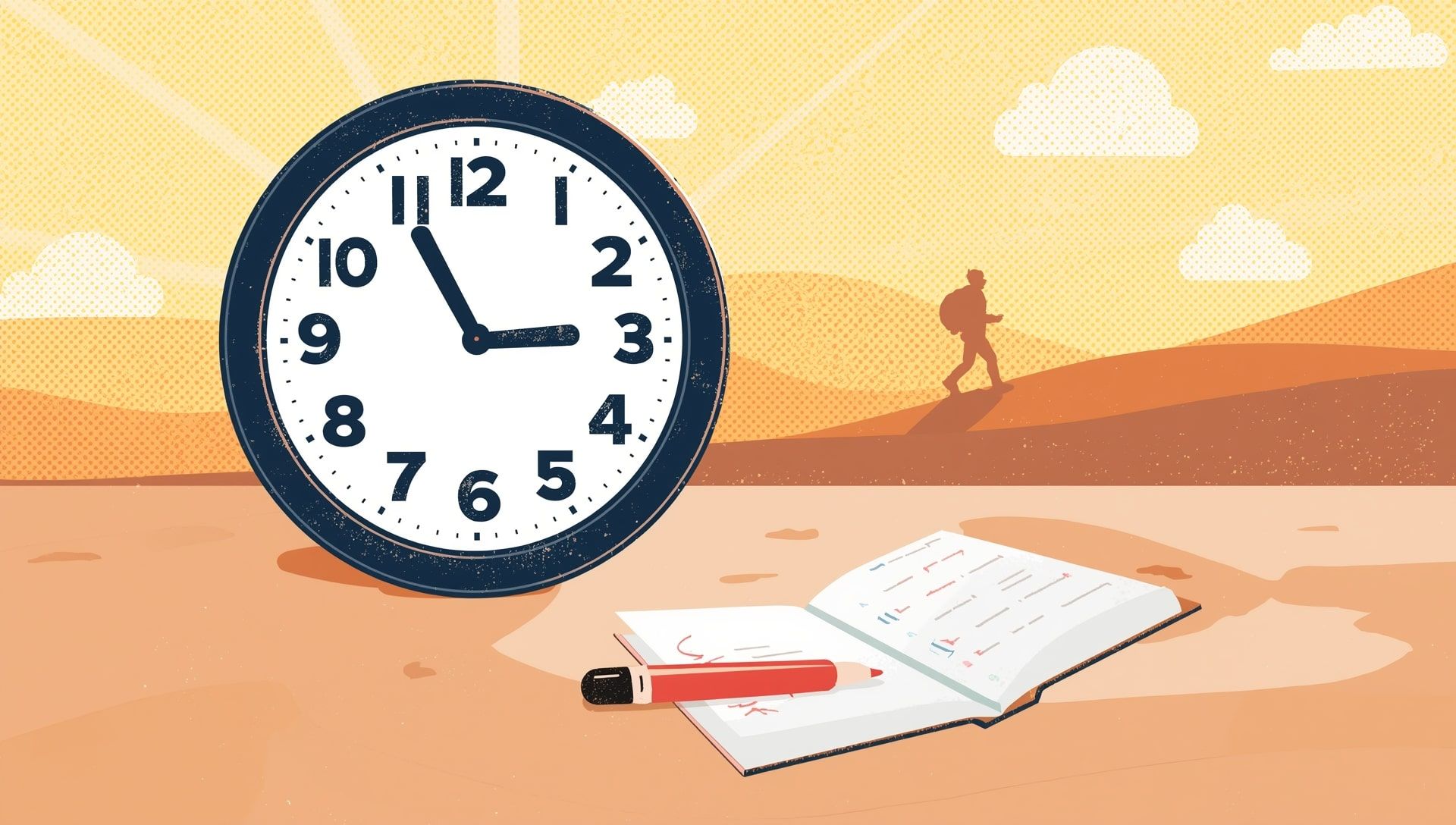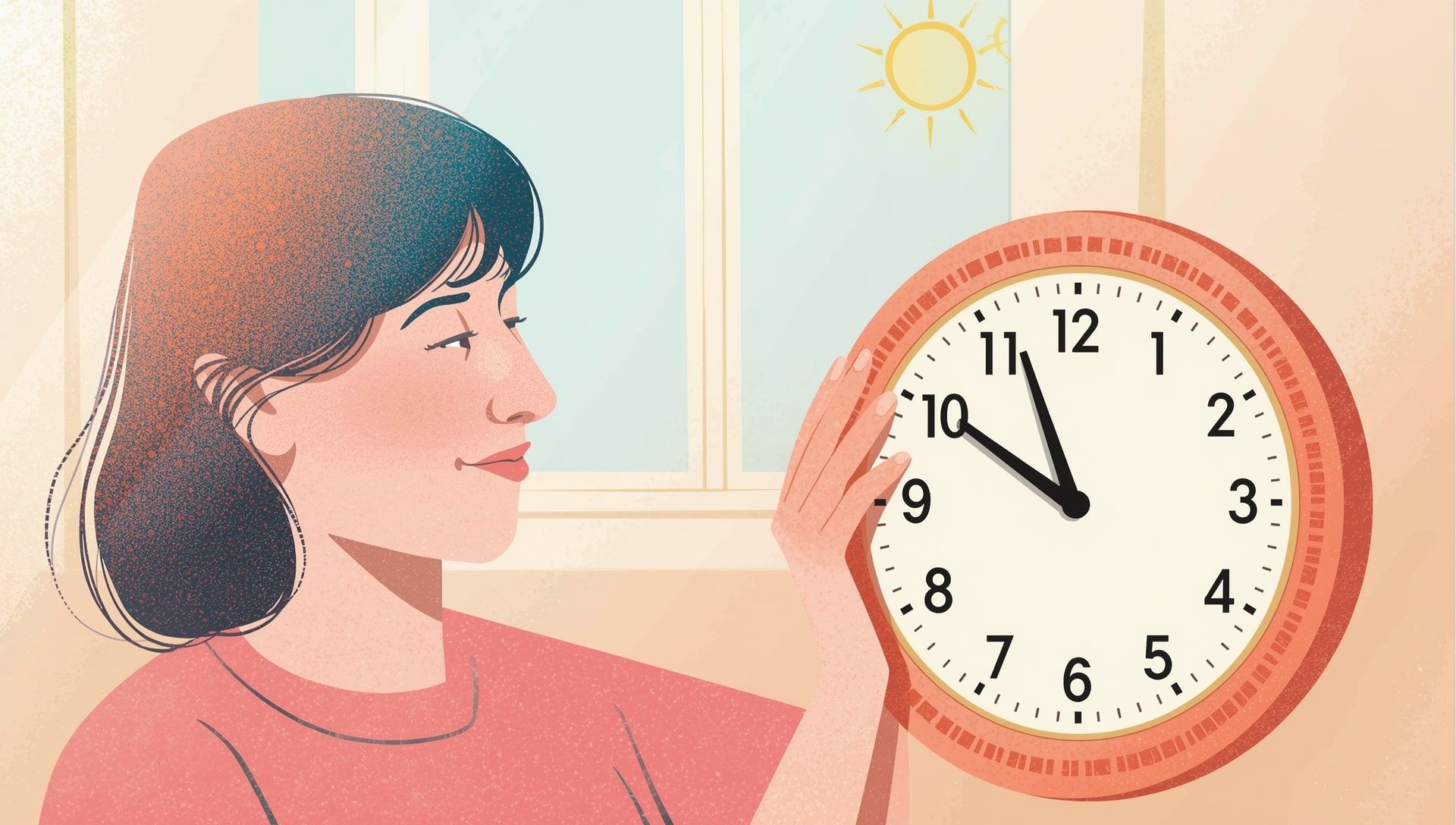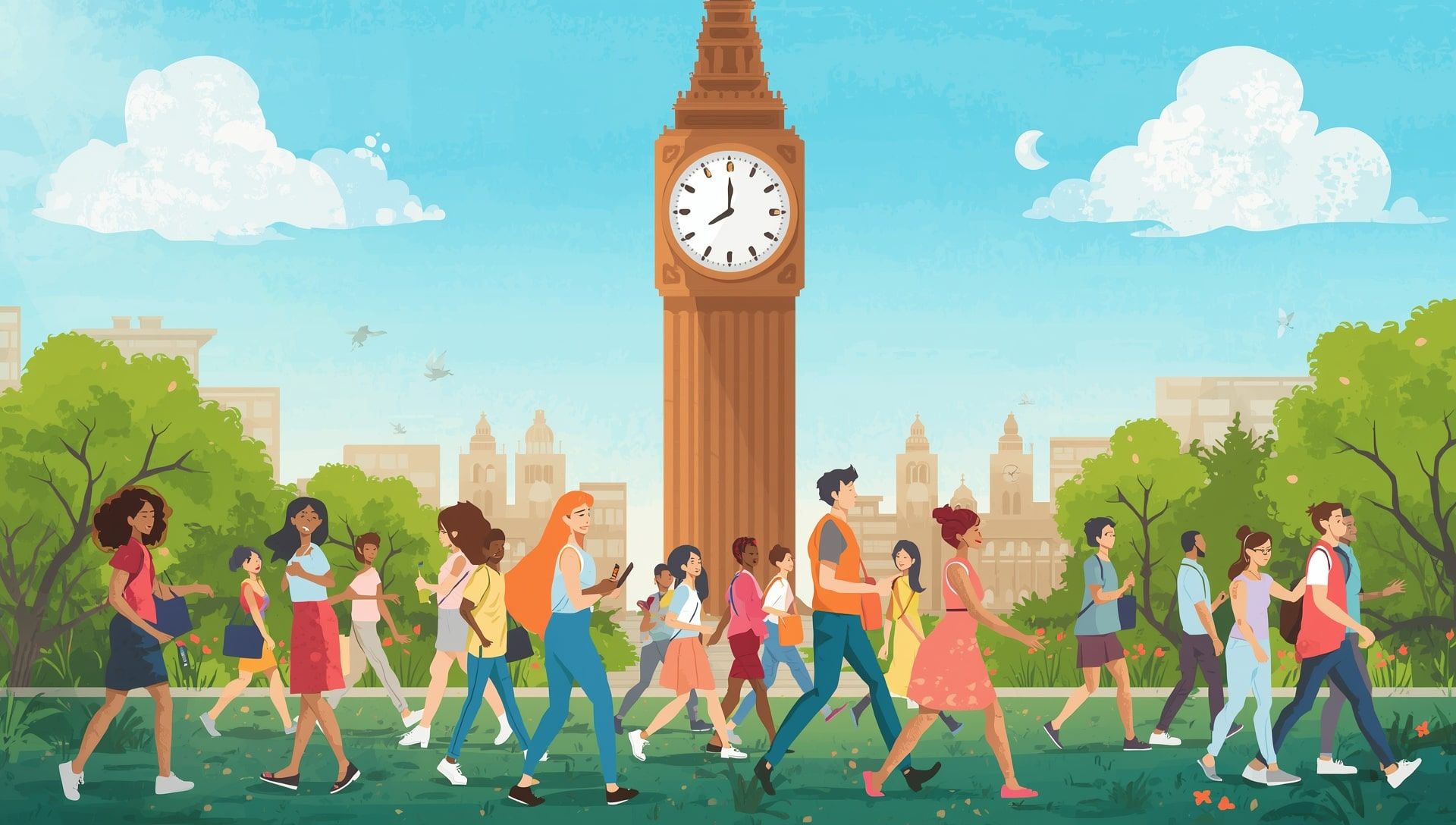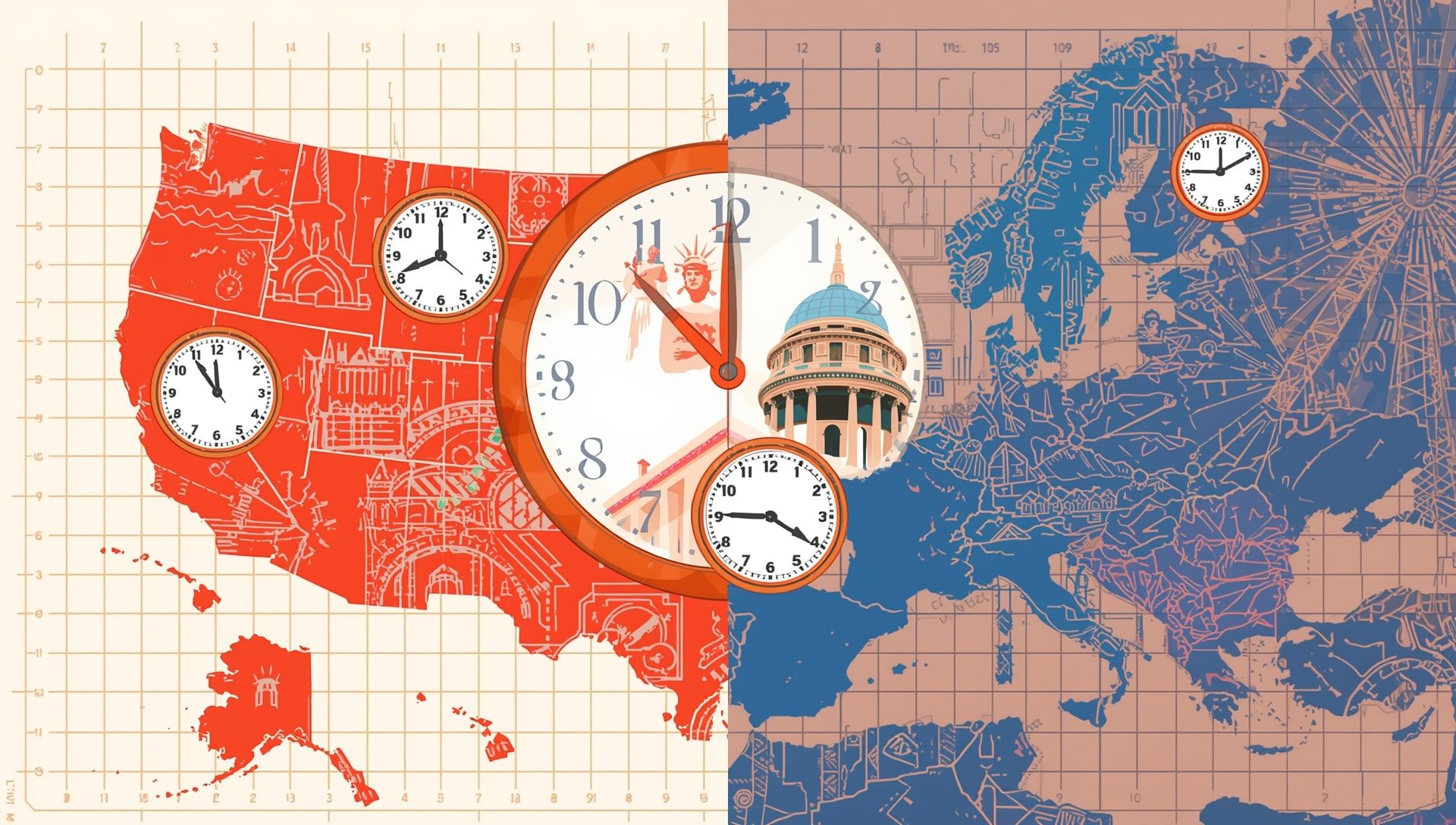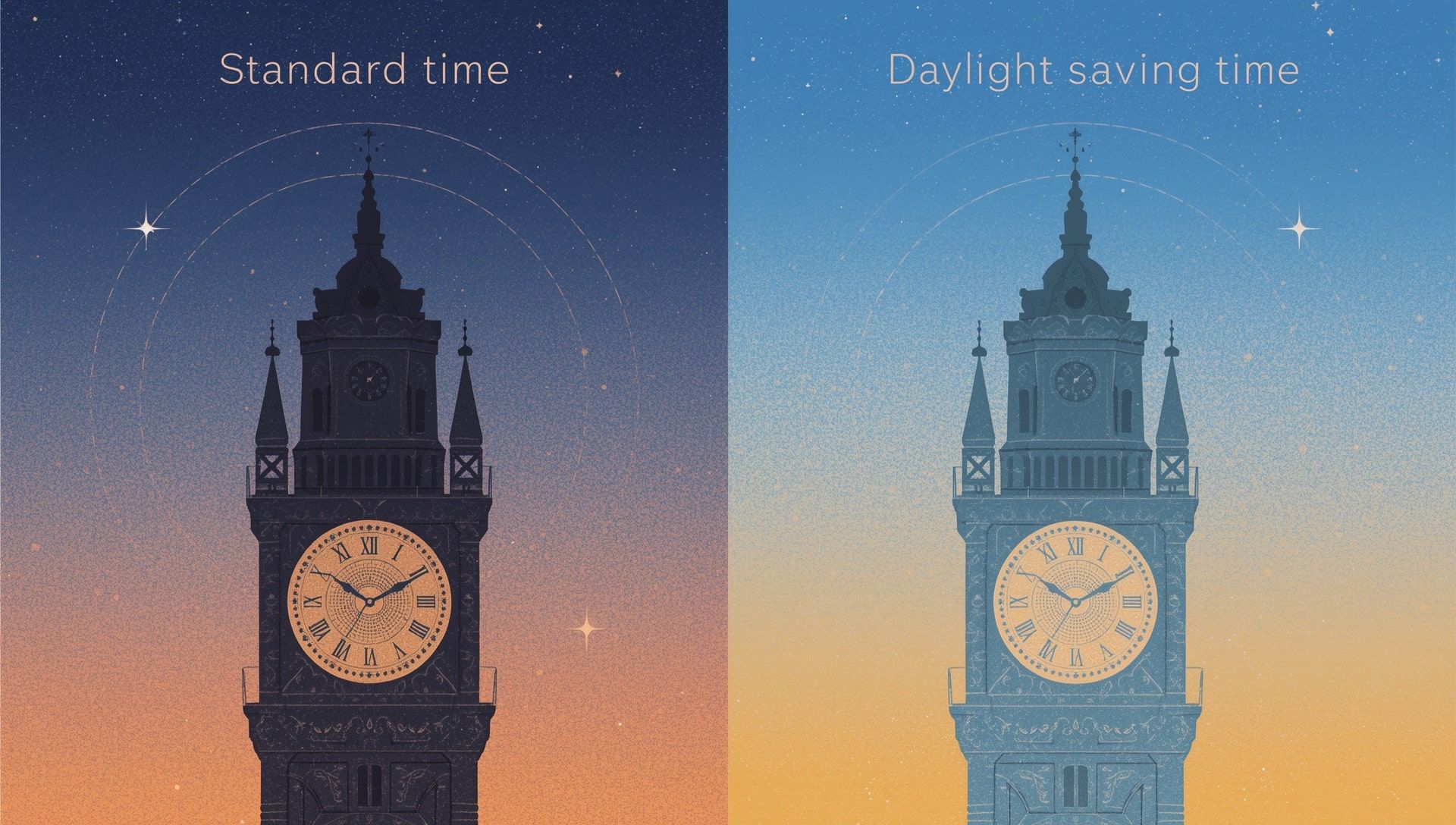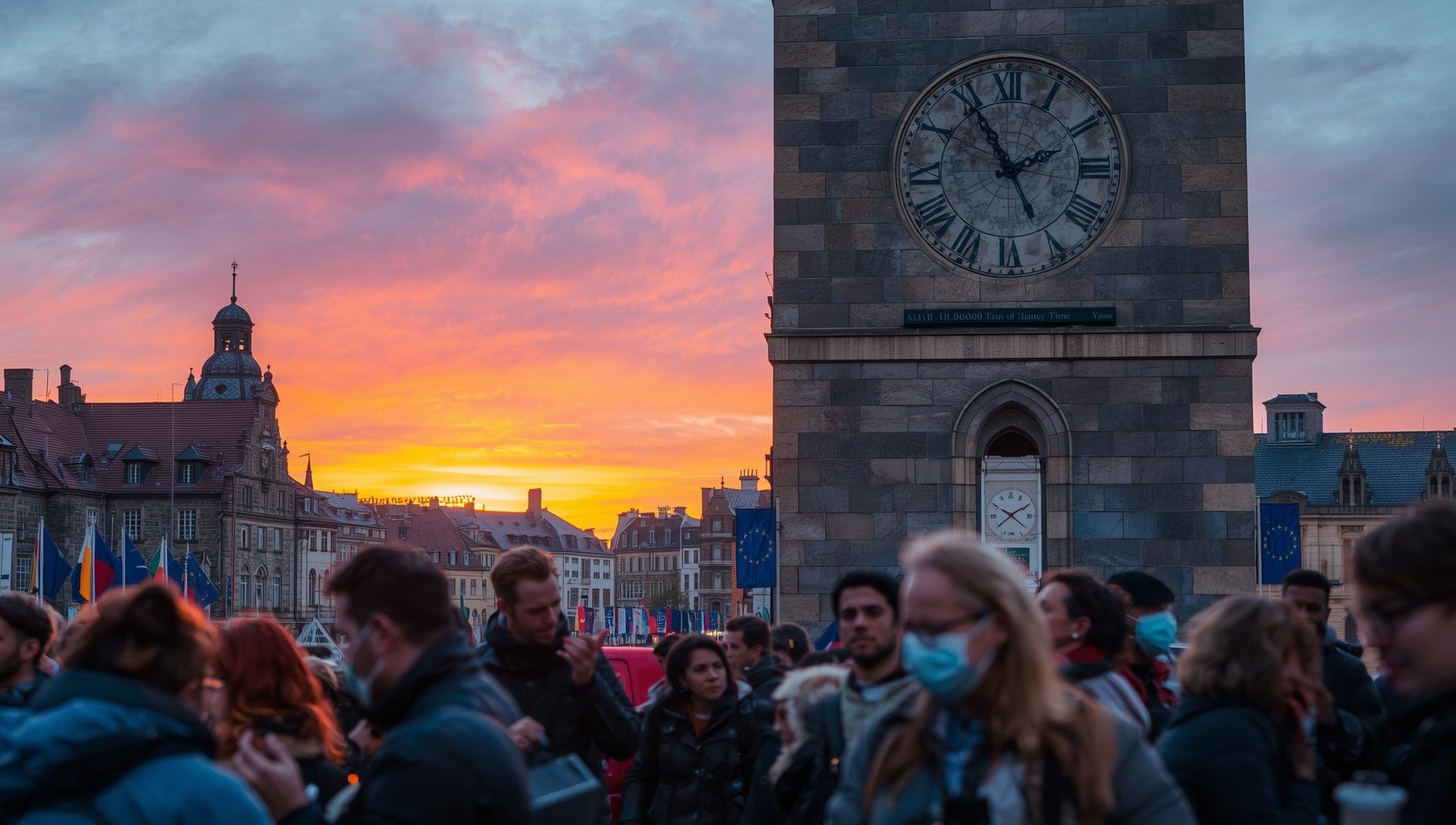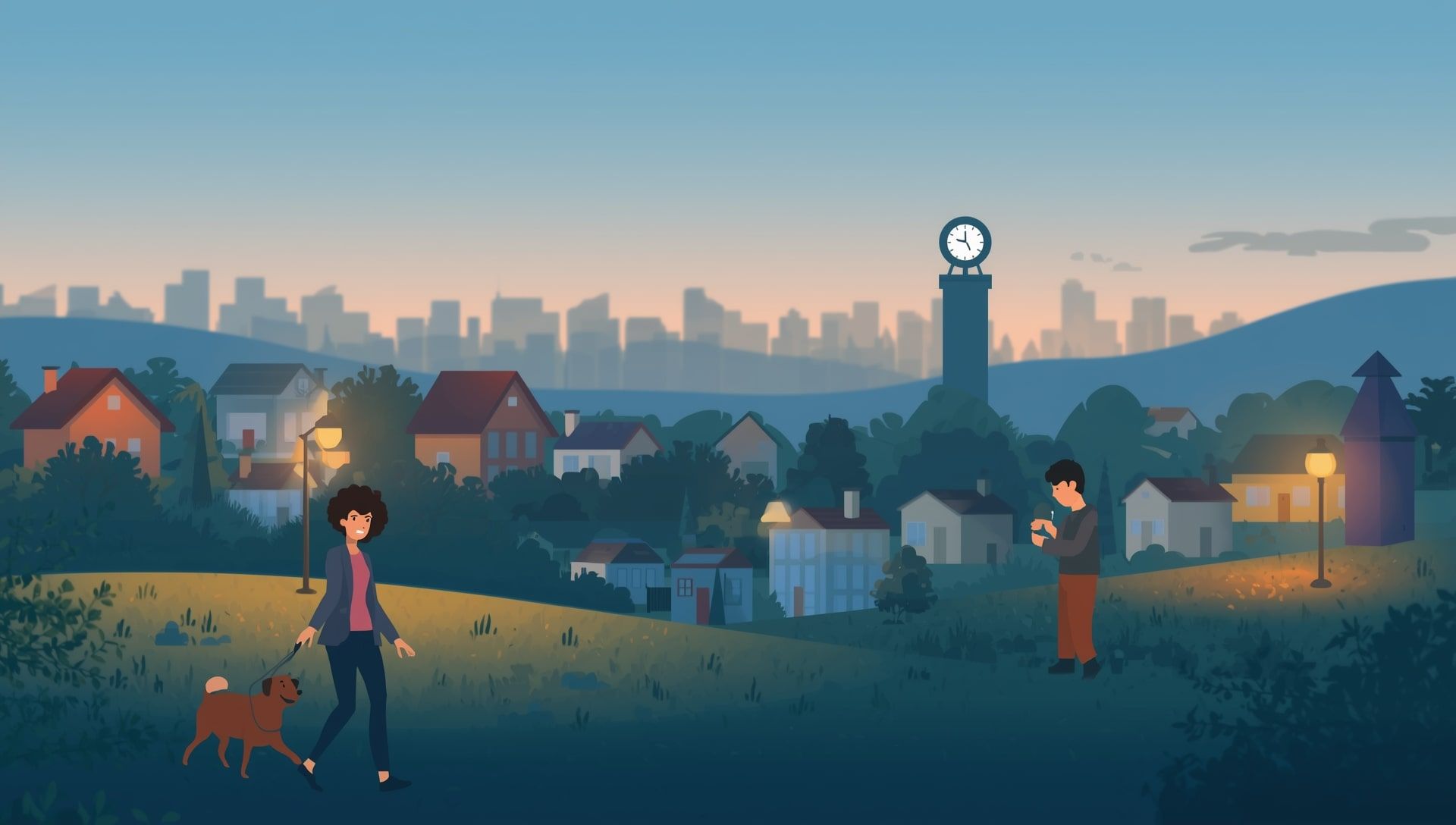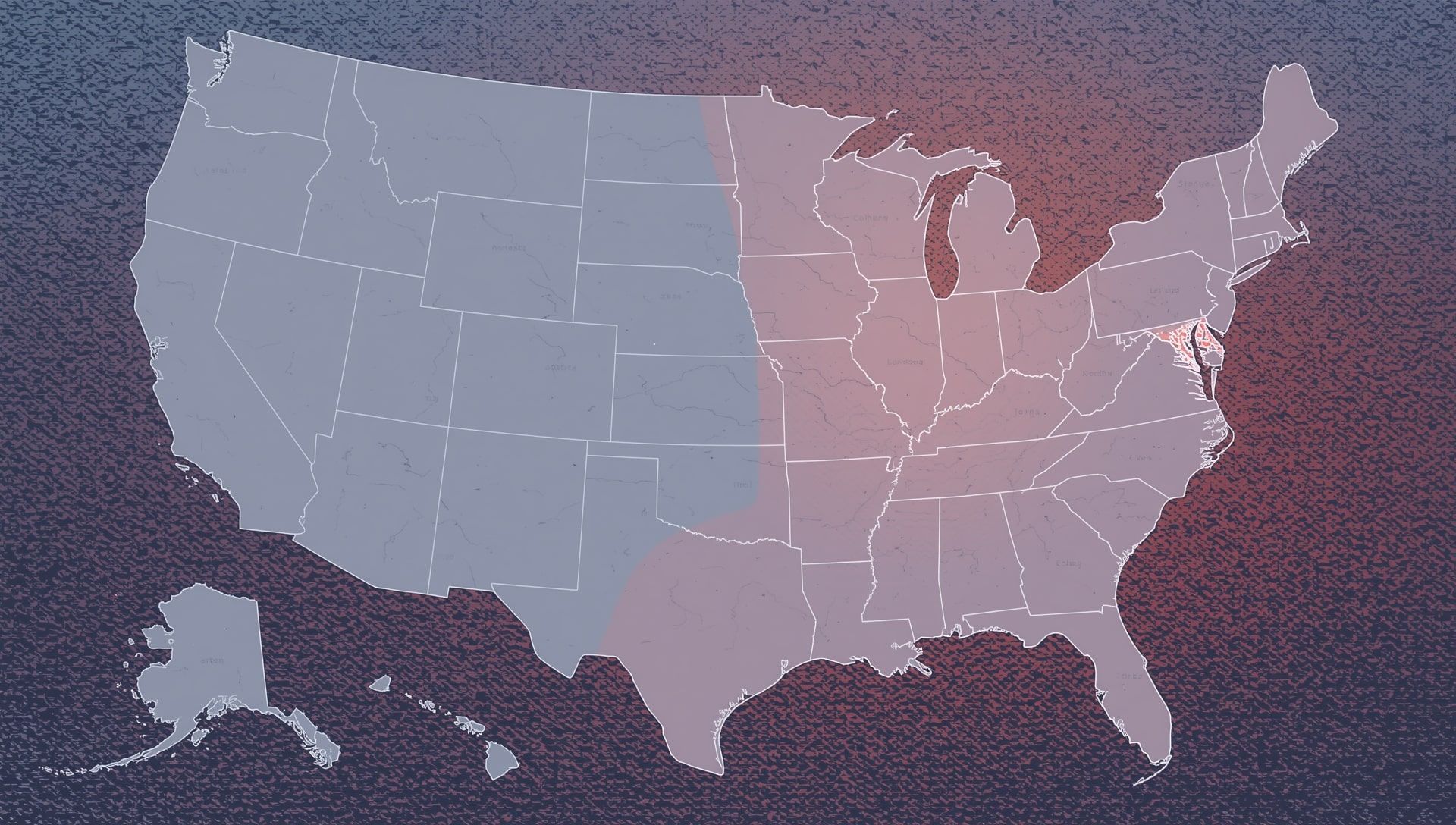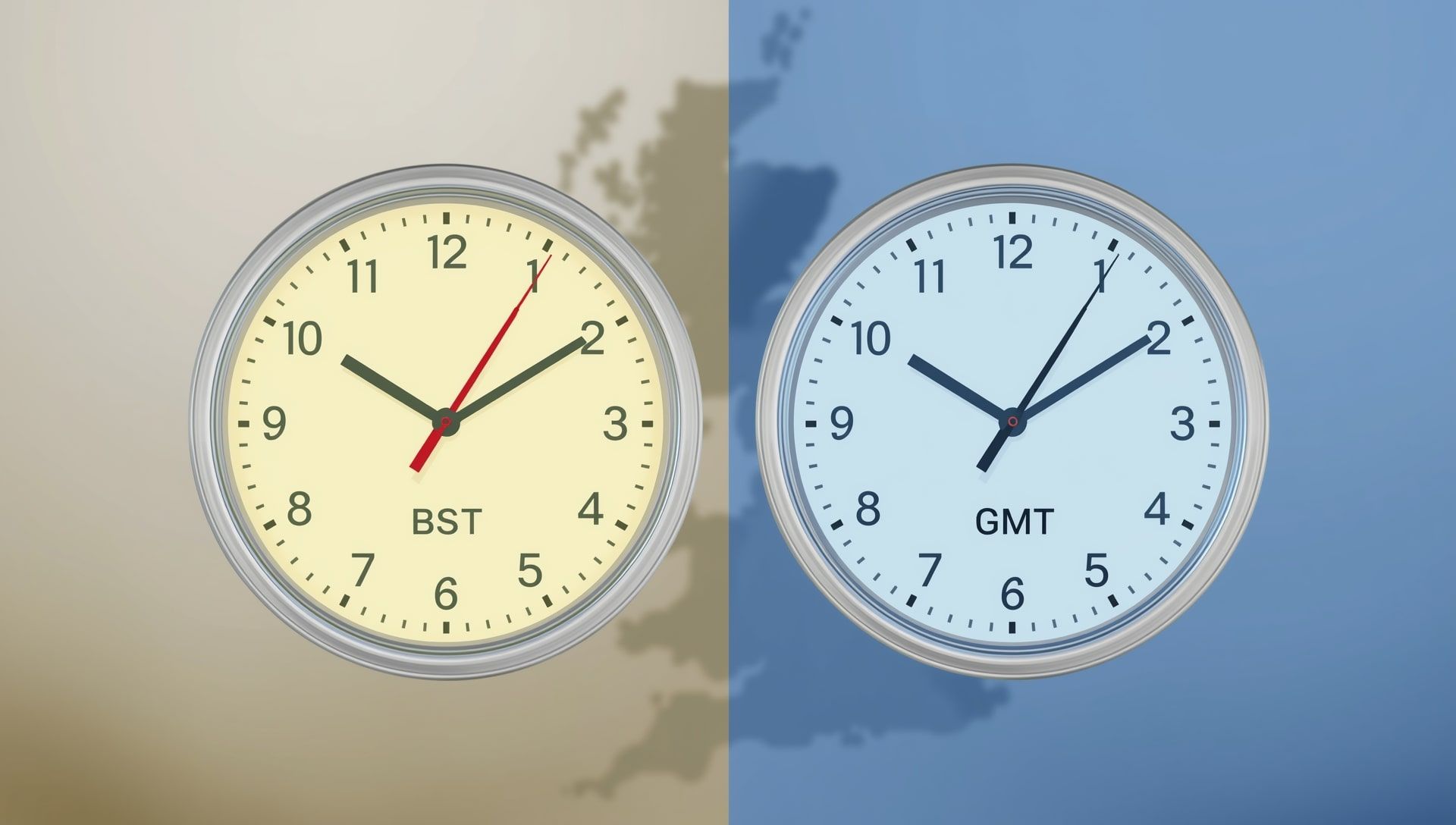Daylight Saving Time (DST) is one of those yearly events that everyone experiences but few fully understand. Twice a year, clocks jump forward or back, changing our routines, moods, and sometimes even our health. While the concept seems simple, the history and global practices surrounding DST are surprisingly complex. Here are 25 fascinating facts about Daylight Saving Time that might just change how you see that missing or extra hour.
1. DST Was First Proposed in the 1800s
The idea of shifting time to take advantage of longer daylight hours dates back to 1895, when New Zealand entomologist George Vernon Hudson suggested a two-hour shift to give people more daylight for outdoor activities. His concept laid groundwork for modern DST history.
2. Benjamin Franklin Mentioned It, Sort Of
In 1784, Franklin jokingly wrote that Parisians could save money on candles by waking earlier to use morning sunlight. Although he never proposed clock changes, his satire planted an early seed for the idea.
3. Germany Was the First Country to Implement DST
During World War I in 1916, Germany introduced Daylight Saving Time to conserve coal and energy. Soon after, the United Kingdom and other nations followed, a move later mirrored by other countries around the world.
4. The United States Adopted DST in 1918
The U.S. first used DST during World War I but repealed it after the war due to public backlash. It returned during World War II as “War Time” before becoming law again in 1966. You can explore more about those early laws in Standard Time vs DST.
5. The Uniform Time Act Standardized DST
Before 1966, cities and states followed their own DST rules, creating confusion. The Uniform Time Act fixed this by creating a consistent national schedule, although states could opt out, which some still do today.
6. Not Every State Observes DST
Hawaii and most of Arizona stay on standard time all year. U.S. territories such as Puerto Rico, Guam, and the U.S. Virgin Islands also do not observe DST.
7. DST Starts and Ends at 2:00 A.M.
The switch happens in the early morning to minimize disruption. Fewer people are awake, and transportation schedules are easier to adjust. These transitions are part of the official DST clock change schedule.
8. You “Spring Forward” and “Fall Back”
In March, clocks move forward by one hour, and in November, they move back. The saying helps people remember which direction to adjust, whether they use a wall clock or check a world clock.
9. The Energy Savings Are Smaller Than You Think
Studies show that DST reduces lighting use but increases heating and air conditioning. Overall energy savings are often negligible or even negative in modern times, a finding echoed in energy research reports.
10. Sleep Loss Is a Real Problem
When clocks move forward, people lose about 40 minutes of sleep on average. This can cause fatigue, irritability, and temporary dips in concentration, as covered in health impact studies.
11. Heart Attack Rates Increase After the Spring Shift
Medical studies have found a small spike in heart attacks and strokes in the days following the start of DST. The loss of sleep disrupts the body’s natural rhythm.
12. Accidents and Workplace Injuries Rise Too
Researchers found that workplace injuries increase after the time change, likely due to reduced alertness and sleep deprivation.
13. Fall Back Can Cause Its Own Problems
When people gain an hour in November, sleep patterns still shift, leading to temporary confusion, early waking, and disrupted routines. This is often discussed alongside baby sleep adjustments during DST.
14. DST Doesn’t Affect the Equator
Countries near the equator receive consistent daylight year-round, so DST offers no benefit and is rarely practiced there.
15. Many Countries Have Abandoned DST
Over 140 countries have tried DST, but fewer than 70 still use it today. Many stopped due to health, energy, or scheduling concerns, as noted in European debates about ending DST.
16. The European Union May End DST
The EU voted in favor of ending seasonal clock changes, allowing each member nation to decide whether to stay on standard or summer time permanently, though implementation is still pending.
17. Russia Tried Permanent DST and Then Reversed It
Russia switched to permanent DST in 2011 but reverted to standard time in 2014 after widespread complaints about dark mornings in winter. Similar discussions appear in U.S. permanent DST proposals.
18. Australia and Canada Have Mixed Participation
In Australia, only certain states use DST, such as New South Wales and Victoria. Similarly, most of Canada observes it, except parts of Saskatchewan and the Yukon. You can compare these regions on a time zone map.
19. Smartphones Usually Adjust Automatically
Modern phones, computers, and smartwatches update their clocks automatically, as long as the “Set Automatically” feature is enabled and connected to a network. This topic is explained in how smartphones adjust for DST.
20. Farmers Opposed DST
Contrary to popular belief, farmers were among the biggest critics of DST. They argued that it disrupted milking, feeding, and harvesting schedules rather than helping productivity.
21. Air Travel Depends on DST Rules
Airlines must coordinate global schedules around DST transitions. A one-hour shift can affect thousands of flights worldwide, especially across military time zones and international routes.
22. Some Places Have Half-Hour or Odd Time Zones
Certain regions, such as Newfoundland in Canada or parts of Australia, shift by 30 or 45 minutes instead of a full hour, creating unique challenges during DST changes, as seen in city time variations.
23. Technology Keeps Time Changes in Sync
Computers and servers rely on updated time zone databases that contain local DST rules. Without regular updates, digital systems could show the wrong time, which can affect global event scheduling.
24. The U.S. Congress Has Debated Making DST Permanent
Bills like the “Sunshine Protection Act” propose keeping the U.S. on permanent Daylight Saving Time. However, it hasn’t passed both chambers of Congress yet.
25. The Debate Over DST Continues
Supporters argue that DST provides longer evenings and outdoor time, while critics say it disrupts sleep, health, and schedules. Until lawmakers reach a final decision, most of us will keep adjusting our clocks twice a year. The larger conversation continues across time zone and conversion resources.
- DST started for wartime energy savings but now serves lifestyle convenience.
- Not all regions observe DST.
- Energy savings are minimal today.
- Health and safety effects are real.
- Many countries are rethinking its future.
Time Keeps Changing, But the Debate Doesn’t
Daylight Saving Time has always sparked strong opinions. Whether you love the longer summer evenings or dread the clock changes, it’s clear that DST has outgrown its original purpose. As more nations reconsider it, we may see the end of these twice-yearly shifts someday. Until then, keep an eye on your clock and maybe set an extra alarm in your alarm app the next time it changes.
